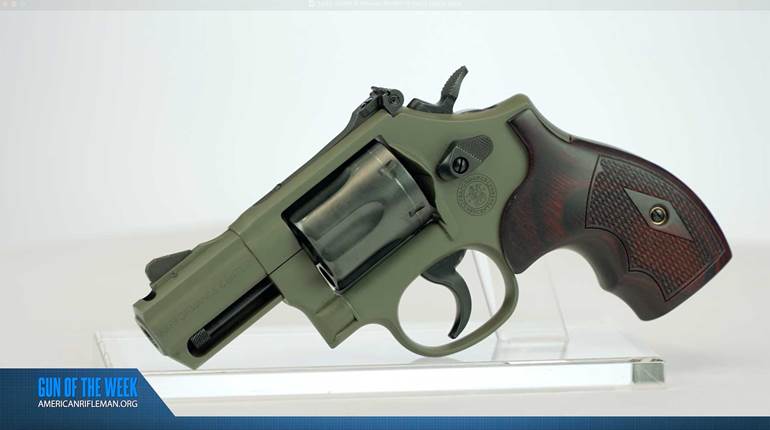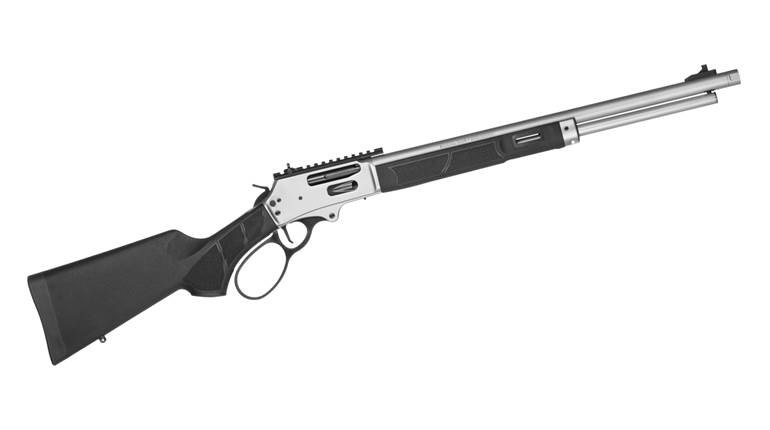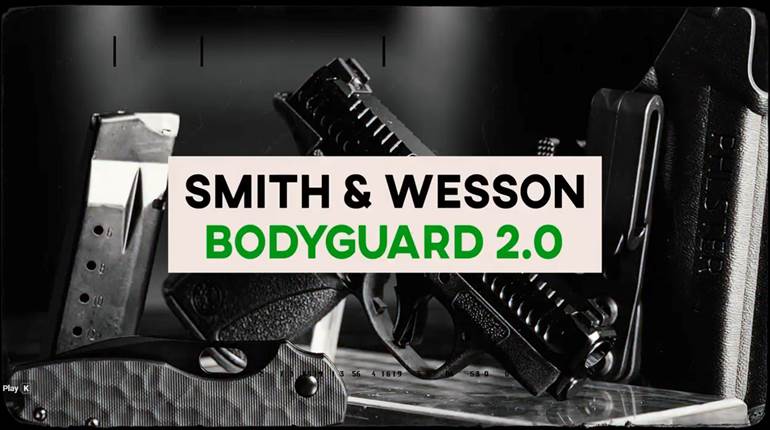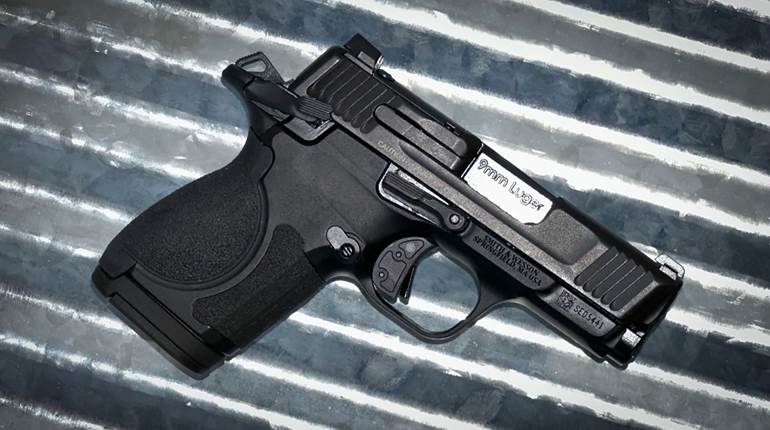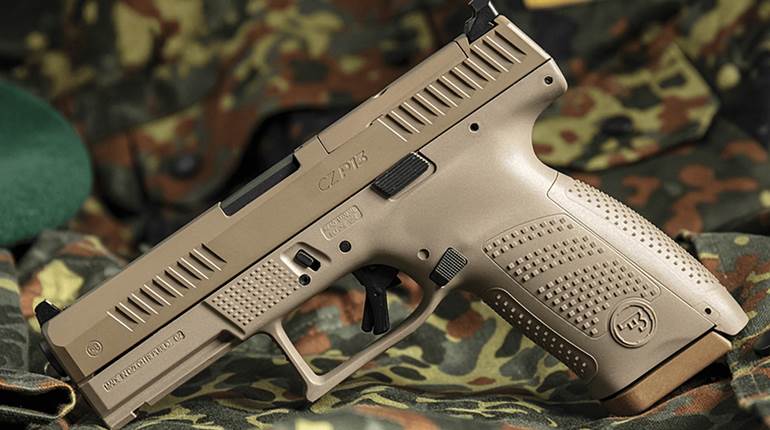The 2” barreled Colt Detective Special double- and single-action revolver, based off the Police Positive Special, is one of the many classic wheel guns to come from the Hartford, Conn. based manufacturer. First introduced in 1927, it was intended to be used by plain-clothes detectives as a small revolver that was easily hidden while still packing a punch. It’s key features are it’s 2” barrel chambered for .38 Spl. with a six round capacity cylinder.

Since the release of the .38 Spl. in 1899, it became widely popular cartridge especially for the police market. As a result of the .38 Spl. cartridges’ popularity, the revolver market began to shift away from the older .32 New Police cartridge, which the Colt Detective Special was also chambered for in the beginning of its production run. The .38 Spl. chambering meant that the revolver's design required a longer cylinder and frame to handle the more powerful cartridge.

Colt accommodated these needs through the larger Colt Police Positive Special revolver at first, before adapting the design in a smaller size which resulted in the Colt Detective Special. The Colt Detective Special became a favorite carry option for law enforcement as well as armed citizens. The small size made it easily concealable and comfortable to carry while offering the power of the .38 Spl. chambering.

By 1932, the design of the Colt Detective Special changed from a "square butt" to a "round butt", making the older "square butt" versions highly collectable. Many carried an example of a Colt Detective Special, including NRA Life Member Charles Lindbergh, who owned a “Fitz Conversion” of the revolver. The “Fitz Conversion,” named after long time Colt employee Jay Henry Fitzgerald, featured some forward-thinking self defense modifications to the Colt Detective Special design including an opened-up trigger guard and a bobbed hammer.

It is though that no more than 100 “Ftiz Conversion” variants of the Colt Detective Special were made. The U.S. Army acquired roughly 5,000 "square butt" Detective Specials for use during World War II, with nearly 3,000 of them sent to the O.S.S. The first issue of the Colt Detective Special ran from 1927 to 1946. The second issue, which featured a 0.8” deeper frame, ran from 1947 to 1972.

In 1966, the Colt Detective Special design had extended wrap-around grips added, offering more controllability to the small revolver. The third issue, featuring a shrouded ejector rod, ran from 1973 to 1986. Throughout its time on the market, the Colt Detective Special competed directly against the Smith & Wesson Chief Special. The Chief Special was another pocket sized revolver built on a slightly smaller frame.

Due to the slightly smaller frame design of the Smith & Wesson Chief Special, it had a slimmer profile and was more concealable than the larger Colt Detective Special. However, the smaller size also meant that the Chief Special had a smaller cylinder capacity of five rounds compared to the Detective Special’s capacity of six rounds. Colt later brought the Detective Special line back into production from 1993 to 1996, known as the fourth issue to collectors.

The fourth issue was not the end of the Detective Special line, as its design elements were worked into a new model, the SF-VI, which was a transfer-bar safety equipped revolver. That design eventually transitioned into the DS-2, made from 1997 to 1998 chambered in either .38 Spl. or .357 Mag. The current Colt Cobra, which was introduced in 2017, is the most recent evolution of that design. For more information on the current Colt Cobra revolver, visit colt.com.
To watch complete segments of past episodes of American Rifleman TV, go to americanrifleman.org/artv. For all-new episodes of ARTV, tune in Wednesday nights to Outdoor Channel 8:30 p.m. and 11:30 p.m. EST.
